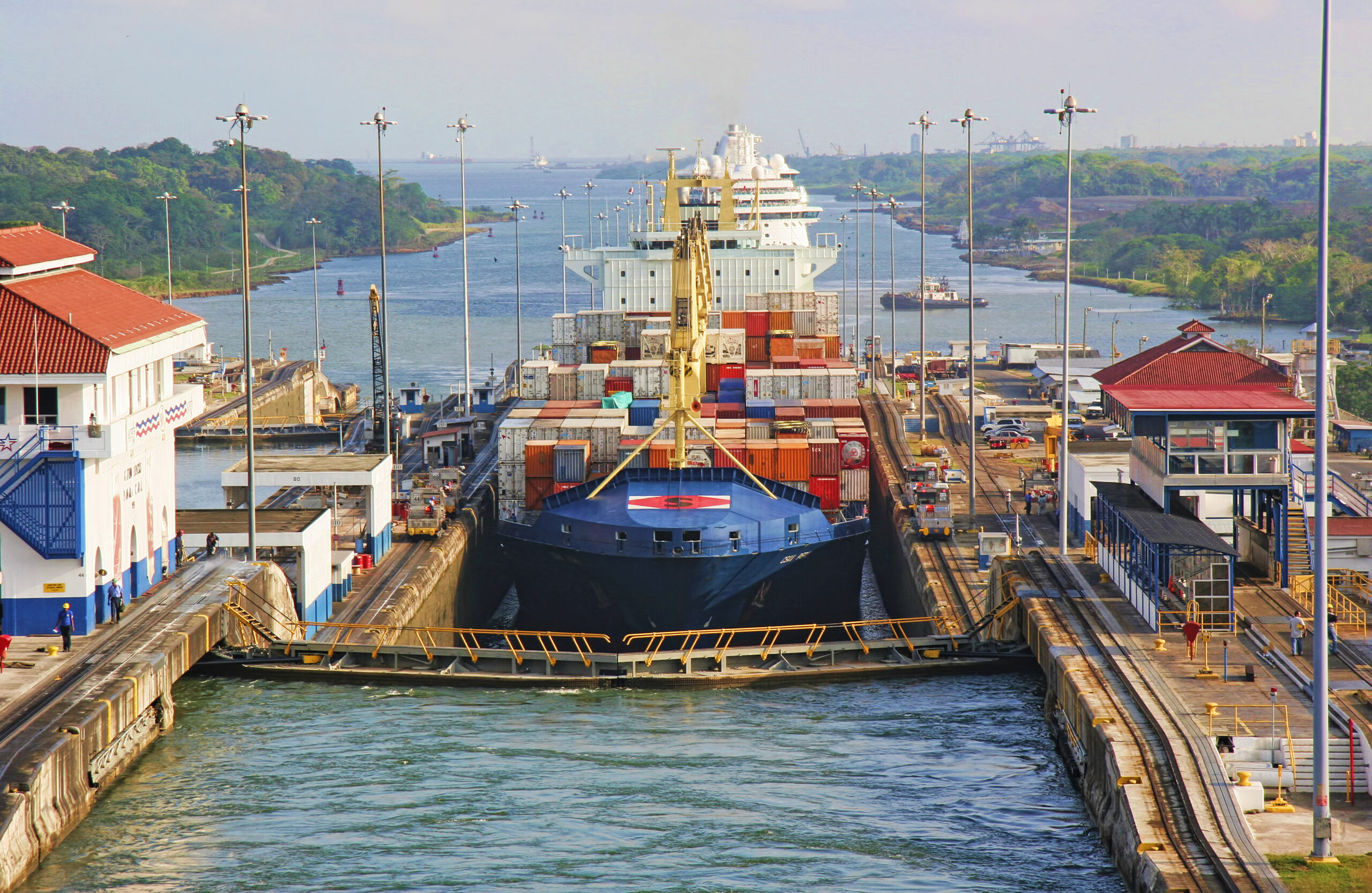The Panama Canal announced Friday it will reduce the average number of transits through the canal which will be adjusted to 31 transits per day from the beginning of November.
The drought is impacting traffic in the Panama Canal which is progressively lowering the canal’s reservoir levels and forcing the Panama Canal to periodically manage water utilization in a sustainable manner to maintain acceptable and competitive draft levels.
The current conditions, are creating an unprecedented drought, and thus far has produced the driest year on record since 1950.
In light of the prolonged effects of the dry season, the canal authorities impose new restrictions.
The canal’s administrators took now the decision from November 1st, the average number of transits through the canal to be adjusted to 31 transits per day: nine through the Neopanamax locks and 22 through the Panamax locks.
Additionally, changes will be made to the booking system, introducing “operating condition 5.” Under this condition, the daily transit reservation quotas will be adjusted to a maximum of 30 reservations: eight in the Neopanamax locks and the difference in the Panamax locks.
Furthermore the authority said that in order “to allow customers to adjust their itineraries and reduce waiting times for vessels that do not have a reservation, Condition 3 will be in effect from October 4 to 31, limiting the total number of reservations at the Panamax locks to a total of 14.”
All these adjustments have been made to manage the water shortage, among other actions to administrate transits, which have allowed the Canal to stabilize waiting times for its customers.
The Canal Authority also guaranteed a draft of 44 feet for ships, and the number of transits between 30 and 32 per day.
This measure makes it possible to manage the number of vessels on standby and ensures that vessels en route or in queue, which have not been booked, can transit within reasonable timeframes.



